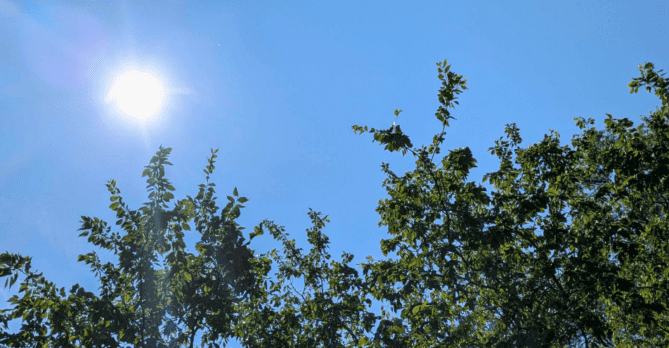
The princely, slender White pine (pinus strobus) is December’s Tree of the Month, and as the winter season is upon us there is no better time to appreciate the startling beauty of this tree. What’s more, the white pine played an important role in a critical time of American history.
Pinus strobus range across eastern North America, growing in the remote wilderness of Newfoundland down to the lower reaches of the Appalachian Mountains in northern Georgia. They grow to be old and wise, easily reaching 200 to 250 years old but in some cases approaching 500 years.
The White Pine prefers well-drained soil and cool, humid climates. It is inclined to grow in the misty foothills of mountain ranges but can grow just as well in boggy areas and rocky highlands. Being somewhat resistant to fire, White Pine trees can occasionally be the sole survivors of a forest fire, and are thus able to re-seed the area rapidly.
However amazing its natural attributes are, pinus strobus are very special in another way. Before the revolutionary war, a common source of complaints against the British Crown by the colonials was about the methods that British soldiers used to cut down the tree. Pinus strobus grow very tall and very straight, and it’s strength is such that it is able to withstand heavy winds and rot. These traits made it perfect for use in merchant and warships of the time. The trees were in such high demand that the King of England made it a crime for a colonial to cut down and use a white pine. The King sent agents to place a “Broad Arrow Mark” or “King’s Mark” on the best of the White pines to ensure that the colonials would not tamper with royal property.
As it happened, the same properties valued for shipbuilding (resistance to rot, lightness and strength) were also excellent for building homes, cities, and infrastructure, and the colonials often defied the King by continuing to cut down and use the pinus strobus. The repercussions of this tension and occasional conflict were not lost upon the American colonists who eventually took up arms to overthrow the British.
In Native American history, the white pine even supplied important nutrition in times of hardship, and the word “Adirondack” is an Iroquois term that was applied to a neighboring tribe (today also known as the Algonquians) who they knew to eat the soft inner bark of pinus strobus. It could even be pounded and added to bread or other starchy foods, although they more often ended up feeding cattle and pigs instead of people.
Although normally free from many pests and diseases, white pine was quite severely struck with “pine blister” in the early 20th century, spread by fungus attaching itself to gooseberries or wild current. Mortality from this condition reached 50-80% in mature pine groves before a laborious and concentrated effort was made to isolate and eliminate the threat. Today, pinus strobus comes in variants that are naturally resistant to the fungus and mortality rates have plummeted.
White pines can be enjoyed at any time in the year, but there is no better time to go and appreciate these historic and elegant trees than now in crisp and clear winter weather. Take a look at the Casey Trees tree map below to find out where some grow near you!
Photo credit: sandy richard.

